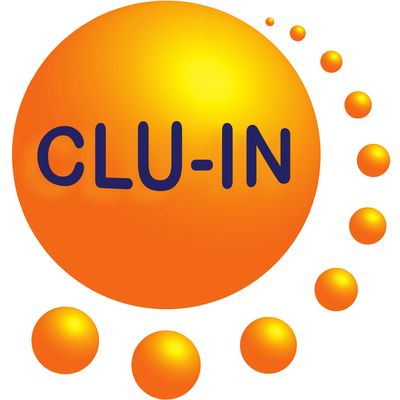Since 1998, The Contaminated Site Clean-Up Information (CLU-IN) website has presented Internet Seminars covering a wide variety of technical topics related to hazardous waste characterization, monitoring, and remediation. For each seminar topic, we have selected the highest-quality offering for placement in our archives. Beginning in May 2005, we began offering these archives via podcast, and this feed contains all seminars archived in the last 6 months. For a complete list of seminars archived since 2000 and videos of selected seminars archived since 2012, please visit http://clu-in.org/live/archive/. Our Rehabilitation Act Notice for reasonable accommodation is available at http://clu-in.org/training/accommodation.cfm. CLU-IN was developed by the U.S. Environmental Protection Agency (EPA) but is intended as a forum for all waste remediation stakeholders. For more information and to view upcoming live offerings, please visit http://clu-in.org/live/. For a complete list of RSS feeds available on CLU-IN, please visit http://clu-in.org/rss/about/.
http://www.clu-in.org/live/archive
Audio for "NARPM Presents...Using Bioavailability to Assess Contaminated Sediment Risk: Passive Sampling and Porewater Remedial Goals (PWRGs)," Aug 13, 2018
This webinar will introduce the use of passive samplers to assess bioavailability and the development of Porewater Remediation Goals (PWRG). Passive sampling devices (PSD) are a technology with growing acceptance for measuring porewater concentrations and assessing bioavailability of contaminants in sediment, particularly for common sediment contaminants such as PCBs, PAHs, chlorinated pesticides and dioxin-like compounds. Instructors will explain the basics of what passive samplers are and how they work, as well as provide an overview of the deployment, analysis, and application of PSDs. The webinar will also discuss the derivation of Porewater Remediation Goals (PWRG) for the protection of the benthic organisms using exposures measured with PSDs. This section of the course will focus on the application of PSD data to ecological risk assessment, including the application of Final Chronic Values from Ambient Water Quality Criteria, use of PSD in toxicity and bioaccumulation testing, development of a site specific PWRG, and calculation of a sediment RG based on site-specific equilibrium partitioning. Instructors will also discuss the implementation of PWRGs as it relates to risk assessment and management at Superfund sediment sites. By taking the webinar, participants will achieve the following objectives:Understand how PSD measures bioavailability of contaminants in sediment porewater,Be provided with an overview for planning and executing a PSD sampling event, Understand how to apply PSD data to ecological risk assessment,Learn how to develop a site-specific PWRG to protect the benthic organisms,Consider other uses of PSD methods for RI/FS, remedy selection, and remedy implementation at Superfund sediment sites.The target audience is EPA Remedial Project Managers and risk assessors, as a well as other regulatory staff, contractors, and responsible parties. To view this archive online or download the slides associated with this seminar, please visit http://www.clu-in.org/conf/tio/NARPMPresents42_081318/
